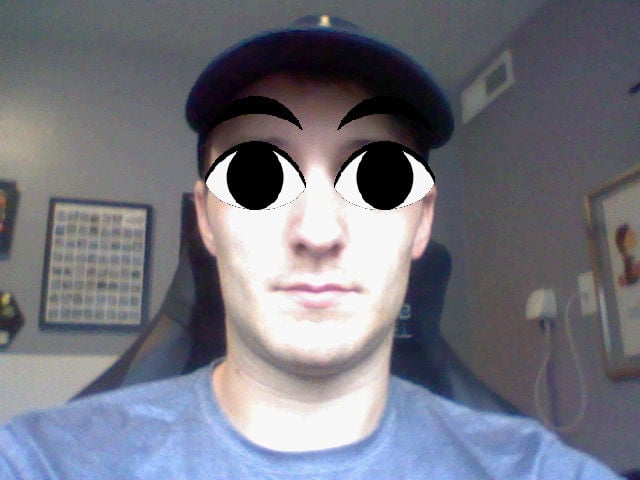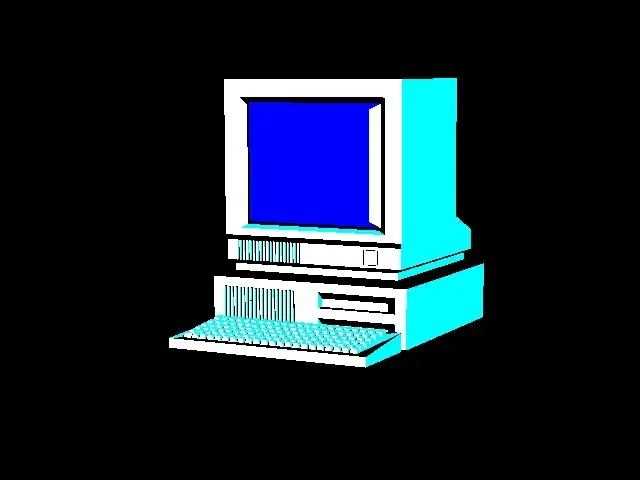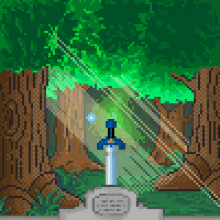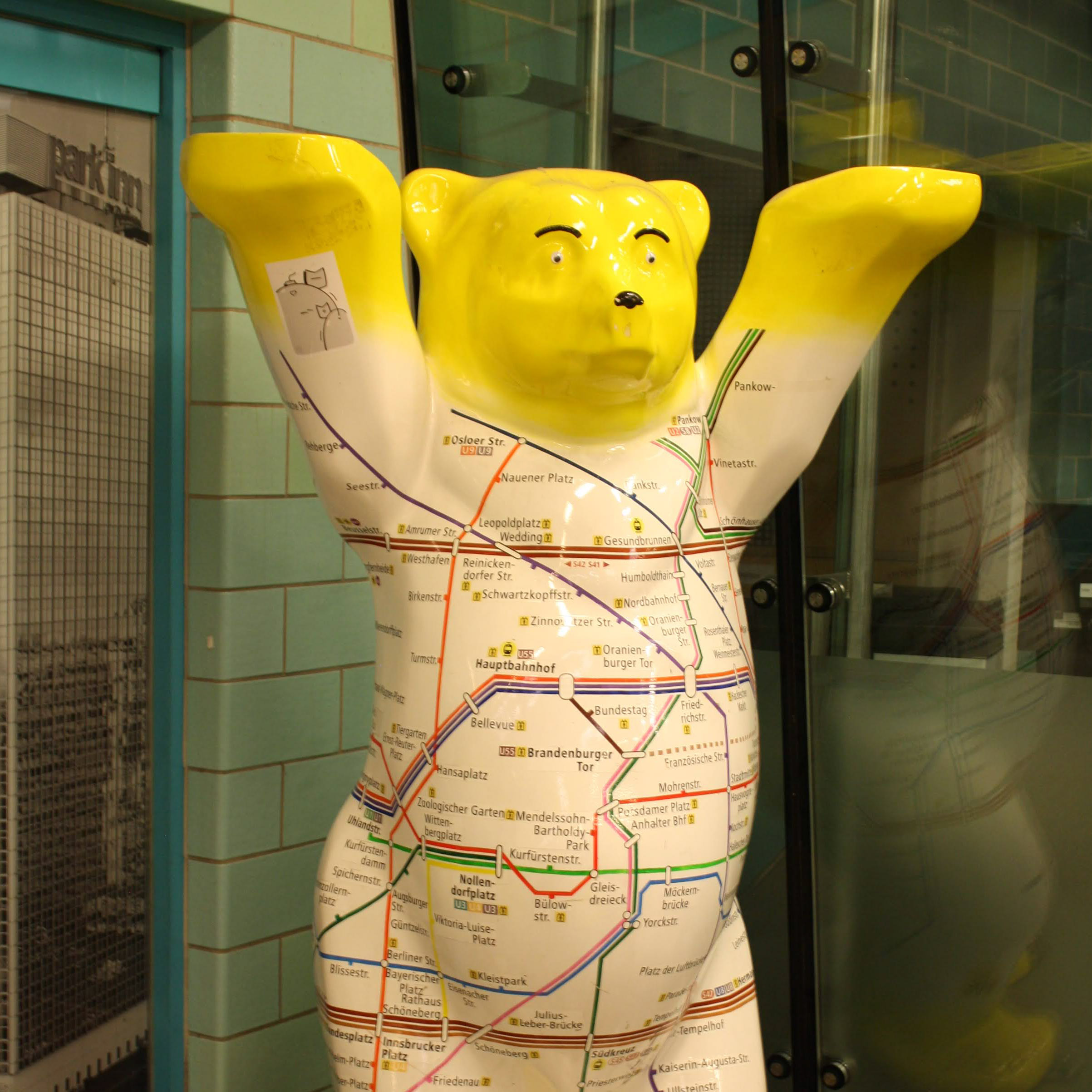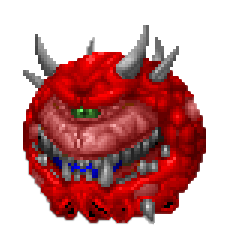One thing I love to collect are tiny CRTs. I actually grew up watching Star Trek on a boom box with a television built in (what the hell happened to it, I dont know).
They are awesome! All the fun of a CRT without the pain of it being heavy and taking up a lot of space.
Oh man I LOVE my Sony PVM 8045Q! I’ve been really wanting one of those consumer grade 9” ones, like the KV-9PT60. But they go for quite a bit now!
Hell yes! Those are endgame as far as I can tell. I will admit I also scored one! Where I used to live there was an electronic flea market, which was a genuine treasure trove for people like us. Alas, I have never powered it on. When I moved I wrapped up all my little TVs and stored them away. They are accessible now, but I need to procure the cables and adapters to make them work.
My goal is to make a shelf or some kind of bespoke table to display and use them as I please.
I also got a little Sony Trinitron and it is beautiful.
Also, I am a massive dumbass. My sister used to own one of the last produced Sony Trinitrons. Flatscreen, built in DVD and VCR player. That was the perfect television. I let it go because kid me was an idiot (not as dumb as adult me, unfortunately. damn).
One of the best things you can get on some emulators are the CRT filters you can apply to give it that authentic look.
CRT filters are a huge cheap and easy blessing for retro gaming. Absolutely essential.
In Linux you can try gamescope with fsr upscaling. It’s a must-have for playing old games.
deleted by creator
happy to help! gamescope is pretty amazing
@LastoftheDinosaurs gamescope was created by a Valve employee for the Steam Deck and made available for Linux in general! -> https://github.com/ValveSoftware/gamescope
The last time I set up an emulator I looked into this and it really improved things!
This might be a dumb question, but would you know if you can put that on a steam deck?
yes, I think it was even originally intended for the deck.
Thank you. I’m supposed to be sleeping now, but I don’t think I will anymore.
A lot of games depend on a CRT for color blending / smoothing / transparency effects. I actually don’t really like how nearly all 8 / 16bit games look on modern displays, filters generally don’t do a good enough job emulating the look.
It’s called dithering, and it’s super nice imo. Still, I kinda like the super pixely look if I’m being honest.
Some games did transparency by alternating frames which on interlaced sets would draw every other line per frame or something along those lines.
Those effects do not appear in screenshots or generally on any progressive scan modern display without specific emulation
Some examples : https://m.youtube.com/watch?v=y6NLXga1i0M the first two look horrible but the third shows the blending more like how it would have originally appeared.
That’s so cool. I never considered the sort of analog nature of the frame being redrawn being used to create unique effects. If I understand the intent was that on older sets the previous frame would “fade” instead of turning instantly on or off it produced a transparency effect?
Here is an alternative Piped link(s): https://piped.video/watch?v=H_o5h5SK_70
https://piped.video/watch?v=3BJU2drrtCM
Piped is a privacy-respecting open-source alternative frontend to YouTube.
I’m open-source, check me out at GitHub.
Yeah, you’re pretty much right. Interlacing complicates it a bit more because not only would the previous frame “fade” but half of the frame was drawn, every other line, and then the next half. So it didn’t look like a flicker because it was basically 60fps for half of the total screen, but an alternating 30 frames for each half of the image. This is why on early and terrible transcodes, you can get a “comb” effect, it’s not properly combining the image per frame and showing you half of the last frame and half of the next frame and the motion in the image shows in combs.
It’s really interesting stuff, imo.
There’s something very satisfying about it being actually pixel-perfect.
However, there’s also something to be said for a/b comparing for each sperate game and deciding what you think looks best for it. Having options is always best.
To be fair, that probably is a REALLY nice broadcast-grade CRT like a SONY BVM-20F1U or something… which most people did NOT have access to back in the day.
Hell, my wealthy buddy’s family had a “flat screen” (meaning the CRT didn’t have a curved face) SONY WEGA CRT in the mid-90s and I know it had S-Video, but I’m pretty sure it didn’t even have a component connection, let alone the quality aperture grille/shadow masking, or the contrast ratio that the BVMs did (because those things were at local TV news stations running 24/7).
In reality, there’s a bunch of differences with connection types providing various levels of quality and CRT display technology , but the accessibility that new TVs give us all to astoundingly good picture quality at a pretty reasonable price means we are living in a golden era for retro gaming if you know what you’re doing.
I’ll take my gigantic 4K OLED hooked up to a MiSTer with some great shaders rendering the sub-pixel effects a real CRT has to emulate this visual effect with run-ahead to minimize the latency + input lag over anything except a BVM-20F1U in near mint condition almost any other day of the week.
TL;DR - you can emulate those sub-pixel CRT era display technology display artifacts with a decent shader on a good 4K OLED, and probably spend less than you’d need to get almost the exact same visual effect with pretty much none of the pitfalls you get with old CRTs like massive electricity use, having to carry a 150-250lb CRT, hope it has no burn-in, decent remaining bulb life, etc.
Play how you enjoy playing! I will say that this looks like a consumer-grade pitch, and that there is some value in consumer-grade sets today, even with something like composite, since the mixed colors were used on many occasions, Sonic’s waterfalls are the classic example.
Personally I enjoy playing on CRTs when I can, but I also love filters on modern displays! I think the biggest gap right now isn’t playing things like SNES on a 4K OLED with filters, but things like GameCube that we can get on those displays with GCVideo adapters like the Carby and EON Mk2, but then they are pretty limited in options for scaling and filters. RetroTink 5x Pro of course is an option, but they add up! It’s so easy to get a cheap or free CRT to enjoy lag free without spending hundreds on scalers and hardware mods.
@JDPoZ Most people not from that time think that CRT look is just bunch of clean black lines overlapping the image (keyword scanlines) without anything else to consider, and call it a day.
Man I’m such an old fart I prefer my emulated games appear using different era CRT shaders to accurately reflect the sort of TV connection I had access to when playing. Like emulating shittier RF for older NES games, S-Video for SNES - N64, and then component for PS1 - PS2 era.
Like… I enjoy playing Mike Tyson’s Punch-Out using a shader that makes it look like a shitty RF connection with inaccurate desaturated colors bleeding, interlace jitter, etc. I’m actually kinda wistful when I can’t see the preview channel 3 TV guide blending through the crappy connection. I almost want to see if someone has made a shader that could render in a YouTube stream of retro late 80s to early 90s TV at like 5% opacity to get the same effect I saw as a kid sitting 2 ft away from my old 16” Magnavox.
@JDPoZ (I’m not sure why your reply does not appear in my view, but only if I look at your profile… Guess Kbin does not work correct at the moment?)
Me too! But where I live we did not use RF connection for NES, but had composite through RCA connection. I have different setups for the kind of system I am emulating. For NES and that time period my Shader choice is “composite” cable variant, SNES era “svideo” and “rgb” (or for you known as “component”) connection. There are many more configurations for other systems and handhelds as well. Handhelds in example aren’t CRTs, but LCD displays.
What does this MiSTer thingy do?
Oh the MiSTer is awesome! It’s like an emulation device, but instead of emulating with software it uses a thing called an FPGA (Field Programmable Gate Array). the short explanation of what that means is that the chip reconfigures itself physically to mimic the hardware of old systems, which results in super accurate, lag-free emulation. It also allows for both digital and analogue output, loads from mass storage like an SD card or USB hard drive, and works with the oldest systems up to things like the PS1.
Nah, those phosphor strips of that screenshot on the left are plenty coarse to be achievable with a consumer grade CRT. Throw in the fact that European sets pretty much all had RGB and it’s pretty realistic. Although most of us only heard about RGB cables with the advent of chipped PS1s and pirated NTSC discs (they oftentimes only displayed in black and white and RGB cables were the widely known fix for that).
EDIT oh by the way, the community CRTgaming also made it over here to Lemmy :-) I’ll have to post some content there…
[email protected] as well!
YES! Please join us! I don’t want our community to be full of elitists, play how you enjoy playing! But I happen to really love the look and nostalgia of playing on CRTs. Everyone is welcome to come and post about CRTs, or even CRT filters and masks in emulators to get that authentic experience!
I mod the one here on Lemmy.world - [email protected]
My man. Now THIS person knows about CRT gaming. I’m merely an old man with limited time to research all this. Anyone talking about phosphor strips and halation and magnetic interference /gaussing probably knows their 💩.
I just know I like wearing the nostalgia goggles that add those artifacts my old eyes still hazily remember and weirdly prefer.
If you have the space, I highly recommend just getting a mid-sized CRT for the lulz :D It’s such a fun hobby. I went down the rabbit hole a little too hard in 2016 and have to downsize now. But I’d still get one to play around with while they’re still available for a couple of bucks (I hear it has gotten harder in the US already).
@Elektrotechnik Here in the EU/Germany we was used to SCART connection, even on the SNES (and upwards). MULTI-OUT/SCART supported composite, Svideo and RGB. The image I had was cleaner than what I emulate nowadays!
deleted by creator
A better comparison image would’ve been sonic the hedgehog with the waterfalls. Such a huge difference without the crt dithering type effect.
deleted by creator
Yeah, well maybe a better quality pic on the right as it looks quite raw lol.
Did they? Considering, you know, we can make them look like this on an LCD.
deleted by creator
deleted by creator
We’re literally viewing this “difference” on an LCD, for comparison.
deleted by creator
You… posted it.
deleted by creator
So? There’s not an expiration date on replying to a post.
Why post something then get mad people are responding to it.
deleted by creator
My take is this is because they were made with dithering in mind. Modern pixel art games like Iconoclasts, Eastward, Owlboy, Hyper Light Drifter, Moonlighter look pretty without dithering.
Yeah, there were pretty much two types of pixel art in games. Those made for TV-based games up to PS1 which are expected to be seen through CRT blur so they rely more on complex gradients and precise use of contrast. And those made for LCD portables, which were always expected to be sharp and clear and tend to lean more into a blocky style. Modern indie games are largely an evolution of the latter.
Yeah, there’s a crazy amount of tricks they employed to bring the sprites to life in a way that just isn’t possible on modern displays. The sharp pixel look is actually an unfortunate byproduct of the transition to newer tech.
Abusing and exploiting slotmasks and such were what made games designed for CRTs look so much better on them. Unfortunately, it doesn’t work backwards, because newer games designed for LCDs and LEDs don’t look any better or worse on CRTs, outside of overscan and resolution issues.
Shredder’s Revenge has entered the chat.
For real though many modern pixel art titles use these same color techniques, and while they do not depend on crt blending them at all, they can often see slight visual benefits from the pixel blending that is possible with a modern shader adding that effect.
Fight n’ Rage has a built in set of shaders that do just this and it is beautiful. It is on by default, but still optional.
Running shredders revenge with a very mild crt effect also looks really good on a lot of the blended colors.
Sonic Mania has a very good built-in CRT shader. It’s not a perfect recreation, but it think it looks excellent! And I also think it looks really great on a CRT using a downscaler.
Depends on the game and the CRT. Not all CRTs were made equal, my old Eizo FlexScan had a near LCD like quality as long as you didn’t go above 800×600 (above that, the filtering kicked in with some additional blur), so is my professional HP monitor with a Trinitron tube (RIP).
Some games also took advantage of color artifacts. Some didn’t.
Depends on the game but I don’t think people needed high-end TVs to notice the difference. When I was a kid and I first tried emulation, I remember noticing how some games looked weird and blocky on PC, even though my CRT TV was an extra blurry hand-me-down.
RetroTINK 5X. Peep it if you can’t find a framemeister.
Not exactly CRT quality, but likely the best we’ll have on modern displays.
deleted by creator
I remember not knowing what, like, 40% of the shit on a given screen in a video game was meant to be because it was all a blurry mass of pixels. Important shit looked better than background stuff (in a decent game, anyway) and the characters were always the most detailed thing.
Now I can play the 17th iteration of a game series that went from the above, to being able to count the individual fibers of a berber carpet.
Decent games still highlight important stuff. But usually in a very mild way so you, as a player, don’t notice the difference, but still can feel what’s important and what’s not.
A really great hack for retro gamers who dont want to have a CRT tv hanging around the house is buy a cheap 1080p projector and project it onto an unprepped painted wall. The slight blur and bleed really smooths everything out.
I bought all those rerelease retro consoles and Metal Slug on a 3 meter screen is pretty badass.
I’m surprised no one has mentioned a specific filter or trick for just emulating this on modern screens. Surely one exists?
Edit: Literally the comment right below mine: gamescope
Isn’t the input lag insanely high in projectors?
The raw pallette Nintendo video with NTSC filters looks amazing in RetroArch on a modern screen. It looks like how I remember. I’ll see if I can find a screenshot of mine later.
Eh, I’ll just show some from search results. Notice how the color bleeds between pixels, and edges have color artifacts.
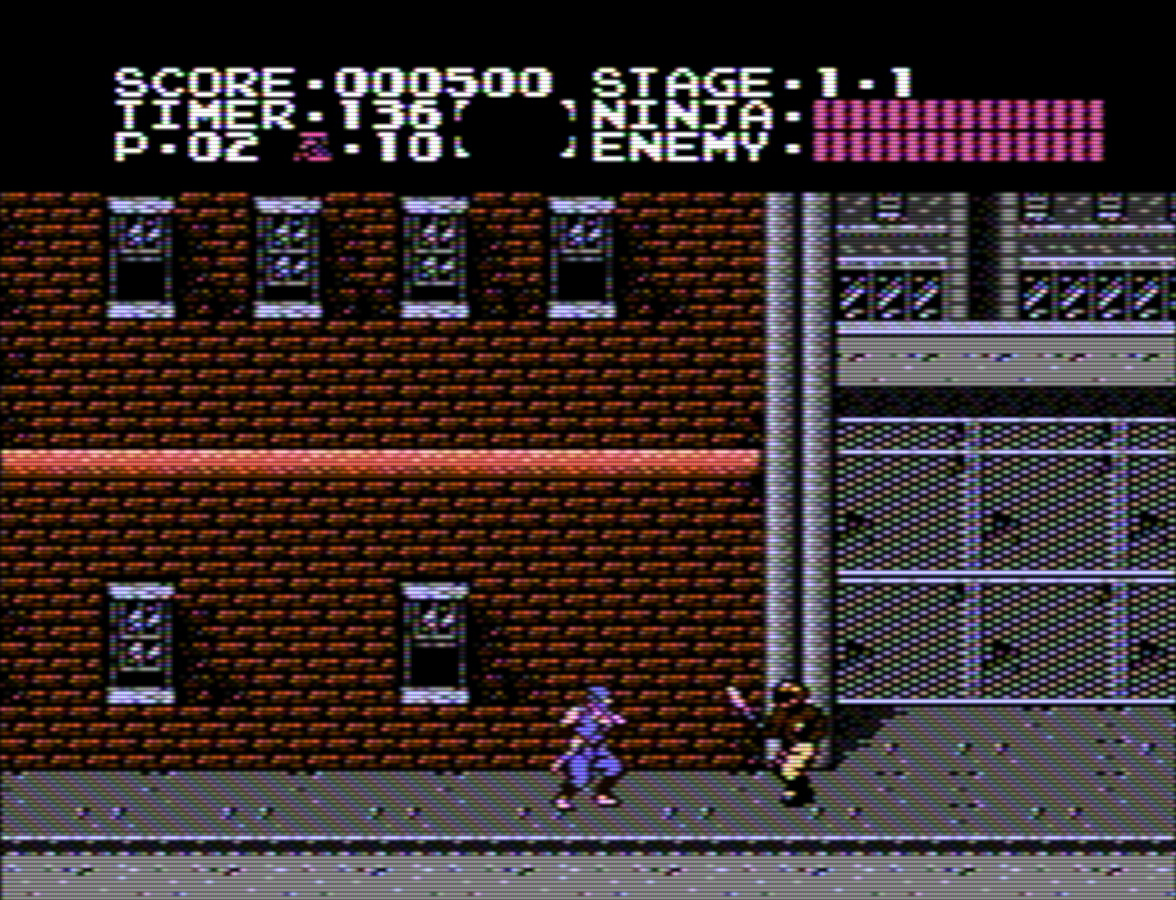
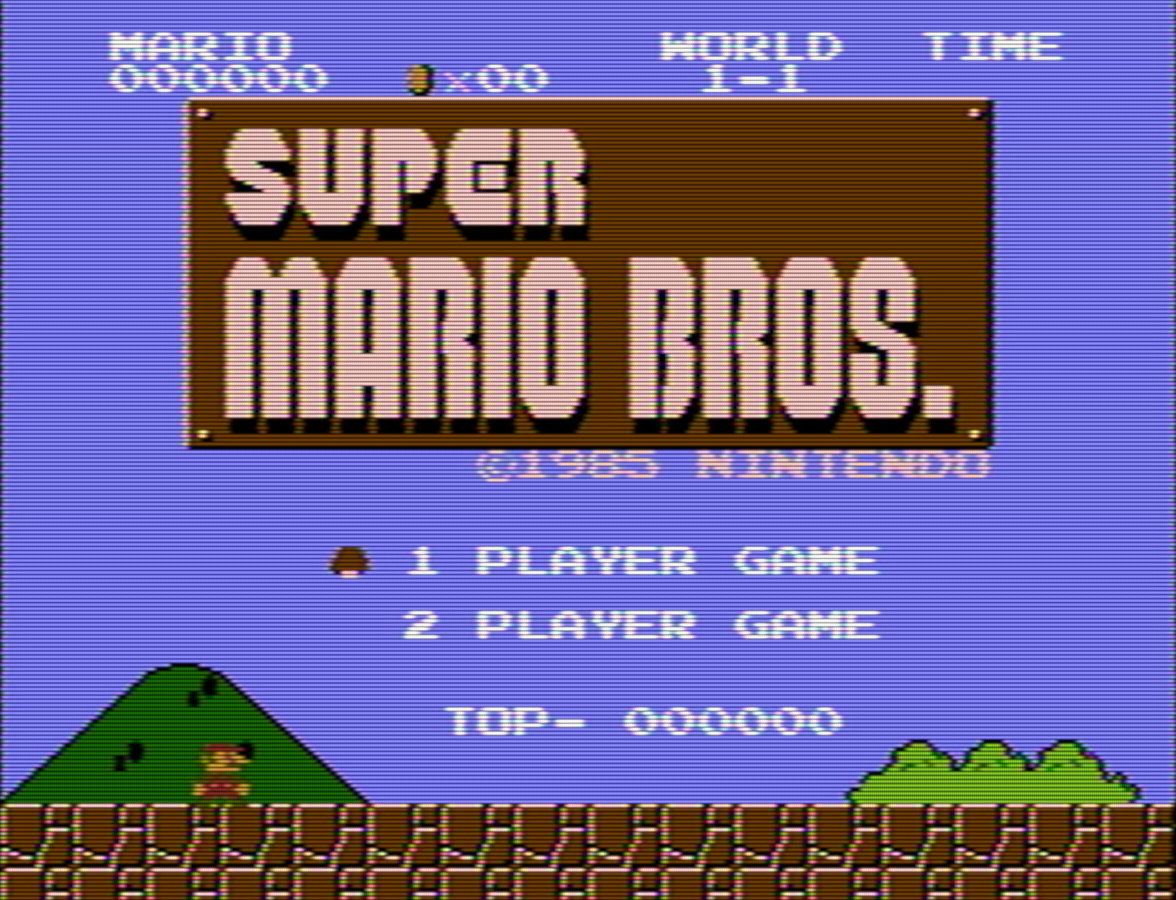
Also, check out this amazing Game Boy filter!
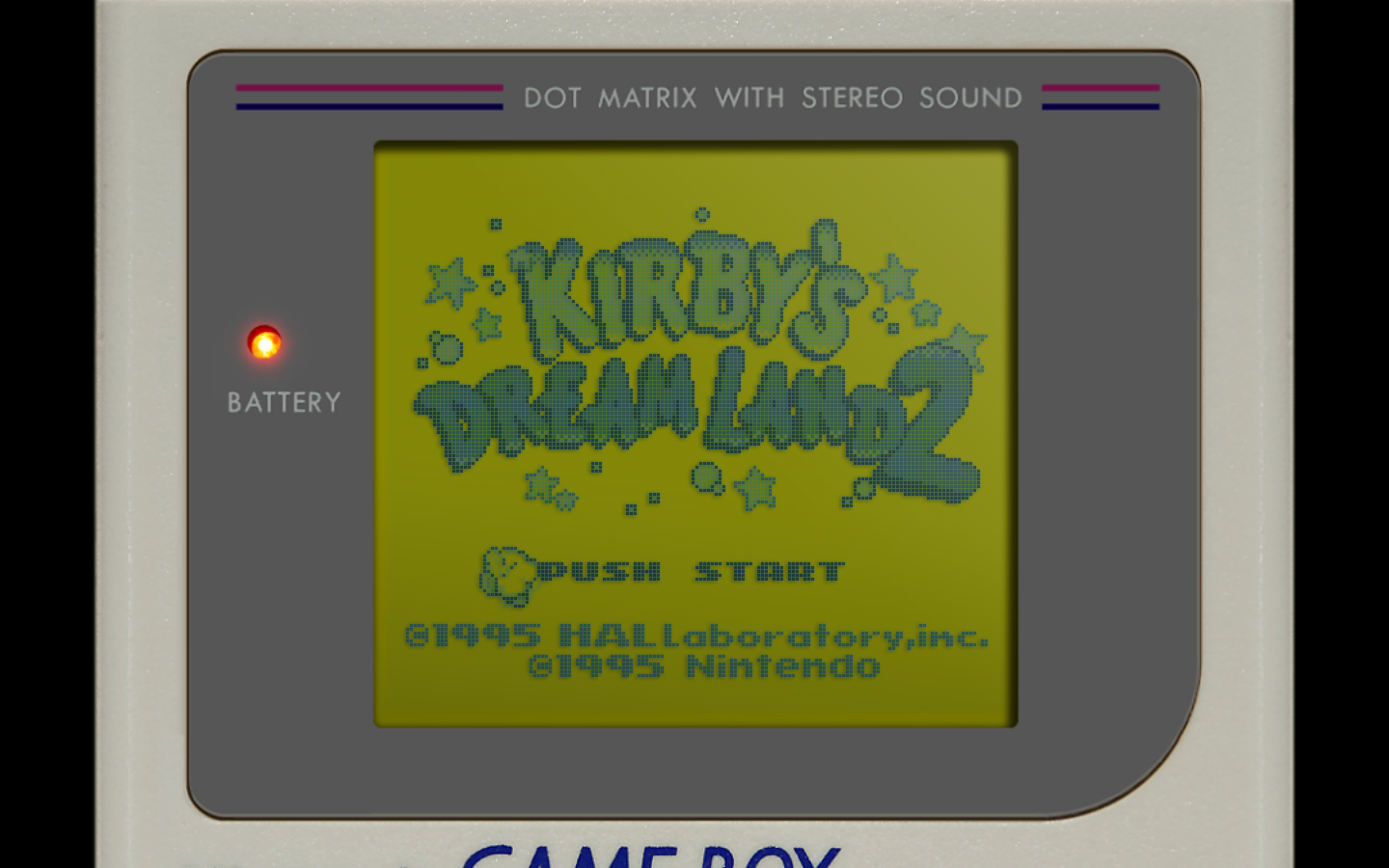
Ah yes, just how I remember the Gameboy, struggling to see the screen.
But seriously, the top ones look great!
Ah yes, just how I remember the Gameboy, struggling to see the screen.
But seriously, the top ones look great!



